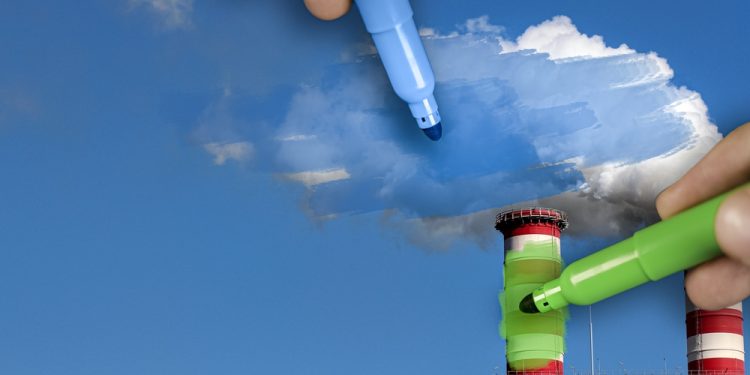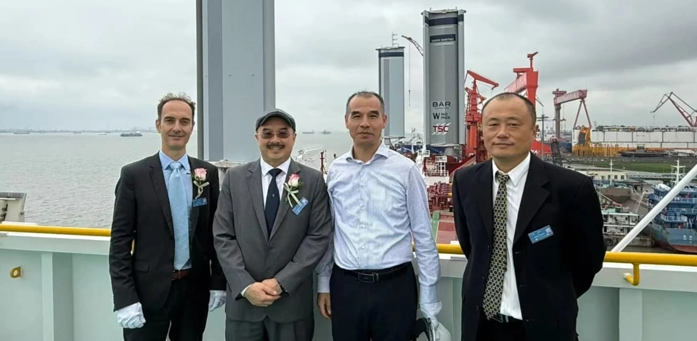June 20, 2025

A new report from the Mission Possible Partnership (MPP), supported by the Industrial Transition Accelerator (ITA), reveals that the “industrial sunbelt” of developing economies will lead the energy transition.
The report, Clean Industry: Transformational Trends, highlights a global pipeline of $1.6 trillion in announced but unfinanced clean industrial projects, 59 percent of which are located in industrial sunbelt countries. China leads global clean industrial development, securing a quarter of the $250 billion invested in clean plants to date. The United States follows with 22 percent and the European Union with 14 percent.
However, emerging economies in the so-called “industrial sunbelt,” including India, Brazil, Egypt, Indonesia, and Morocco, are quickly closing the gap. These nations are capitalizing on abundant renewable resources, favorable policy environments, and lower costs to drive rapid clean industry growth.
This marks a potential realignment in global industry, with clean production of materials, chemicals, and fuels shifting to new geographies and trade corridors. Currently, these countries have already secured 20 percent of clean industrial investment, positioning themselves as rising leaders in sectors such as cement, steel, aluminum, and aviation fuels.
Credit: Mission Possible Partnership (MPP)
MPP’s Global Project Tracker shows a relocation of the industrial base is already underway, with the new industrial sunbelt of the world poised to overtake Western nations in sectors like ammonia, causing major ripples throughout the global economy
… explained CEO of MPP and Executive Director of the ITA, Faustine Delasalle
Overall, the MPP Global Project Tracker logs 826 commercial-scale clean industrial plants across 69 countries. While only 69 plants are operational and 65 have secured financing, the momentum is clear. The fastest-growing sectors include green ammonia and sustainable aviation fuels, both driven by strong business cases and policy support. Meanwhile, the United States and the European Union face a critical moment. Despite $450 billion in announced projects, they must improve investment conditions to keep pace with the surging industrial sunbelt.
The industrial relocation is driven by ammonia, an essential ingredient in fertilisers
Analysis shows the new industrial sunbelt countries host over three quarters of all commercial-scale green ammonia production facilities planned globally (at both FID and announced). As well as its use in fertilisers for agriculture, clean ammonia is used in the manufacturing of explosives and is a clean shipping fuel contender. Decreasing electricity and electrolyser costs2 in emerging markets within the industrial sunbelt mean several countries are predicted to undercut the cost of fossil-fuel based grey ammonia by 2035. Additionally, green ammonia produced in the sunbelt is expected to cost as little as half the price of that produced in Western Europe or the US, underscoring the importance of access to low-cost renewable energy.
Perhaps surprisingly, developing economies have an enormous opportunity to leapfrog fossil fuels in heavy industry and transport creating the infrastructure for sustainable economic growth in the 21st century. We now need to unlock the full potential of the clean industrial revolution and exponentially accelerate the existing pipeline.
… commented Christiana Figueres, Co-Founder of Global Optimism.
Key takeaways
Regarding the maritime industry’s transition, the report notes the following key takeaways:
- Methanol is leading the clean shipping fuel transition, with 350 methanol-capable ships on order – 10% of the global orderbook; demand is expected to reach 14mn tons per year (MTPA) by 2028 – forecast supply shortfall of 3 MTPA (BNEF)
- Ammonia is nascent – makes up less than 1% of the orderbook (30 ammonia-powered vessels, with the majority being container vessels)
- Higher costs compared to fossil fuels is a key barrier to adoption – strong policy support (including carbon pricing) is essential
- IMO’s sector-wide net-zero emissions target for 2050 is a good example of a demand-side policy that helped create a lead market; target complements the EU’s ETS and FuelEU Maritime (designed to stimulate demand and close the cost gap)

